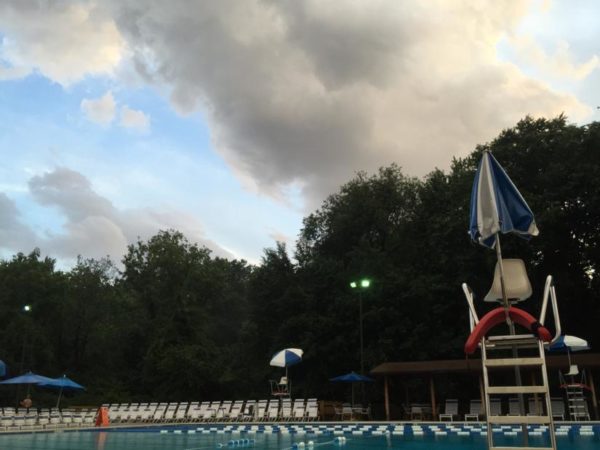Arlington officials are gearing up to loosen some of the zoning rules governing community swimming pools, in a bid to make it easier for organizations to build or renovate pools across the county.
The Planning Commission is set to hold a public hearing on the zoning tweaks this coming Wednesday (Oct. 10), with the County Board considering the changes soon afterward.
Primarily, the changes would give the Board more latitude to hand out “use permits” for the pools, giving officials the chance to review standards for things like fencing and setbacks on a case-by-case basis, rather than subjecting every pool to the same rigid standard.
The county doesn’t currently boast a large number of community pools, by any stretch of the imagination — there are just five pools around Arlington that aren’t owned by the county or restricted for a specific neighborhood or development’s use — but the zoning changes have sped through the county’s engagement process, nonetheless.
That’s largely due to the fact that the Macedonia Baptist Church is currently hoping to redevelop a former YMCA community center in Nauck, located at 3440 22nd Street S., into a community pool, and has been pressing the county for changes to the zoning standards.
Most of those documents haven’t changed since the mid-1950s, according to a county staff report, when many of the original community pools were first built. Staff notes that those standards “were originally intended to buffer residential communities adjacent to community swimming pools from the impacts of the use, and to ensure that the pool provided ample parking on site that did not congest nearby on street parking or other off-site parking facilities.”
But as Arlington has urbanized over the years, staff believes those standards have become increasingly out of date.
For instance, the zoning ordinance currently requires pools to be built with a 100-foot setback from a residential street, a standard designed to “minimize the audible and visual impacts of the pool on nearby neighbors,” staff wrote. But with space in Arlington increasingly at a premium, county officials believe “a combination of opaque fencing and landscaping” can accomplish the same goal without requiring quite so many design headaches.
County staff don’t want to see the Board do away with that sort of limit entirely, noting that there could be plenty of future instances where the “100-foot setback requirement could be warranted to prevent mechanical equipment, storage buildings, and other pool-related facilities from being located too close to an adjacent neighborhood or property.”
By changing zoning rules to give the Board the chance to review future community pool designs, however, staffers believe members would be able to examine each application on its own and evaluate “the specific circumstances of individual properties,” making the whole process a bit less rigid.
After the Planning Commission gets a chance to offer a recommendation on the zoning changes next week, the Board is set to consider them at its Oct. 20 meeting.
Flickr pool photo by Alves Family


